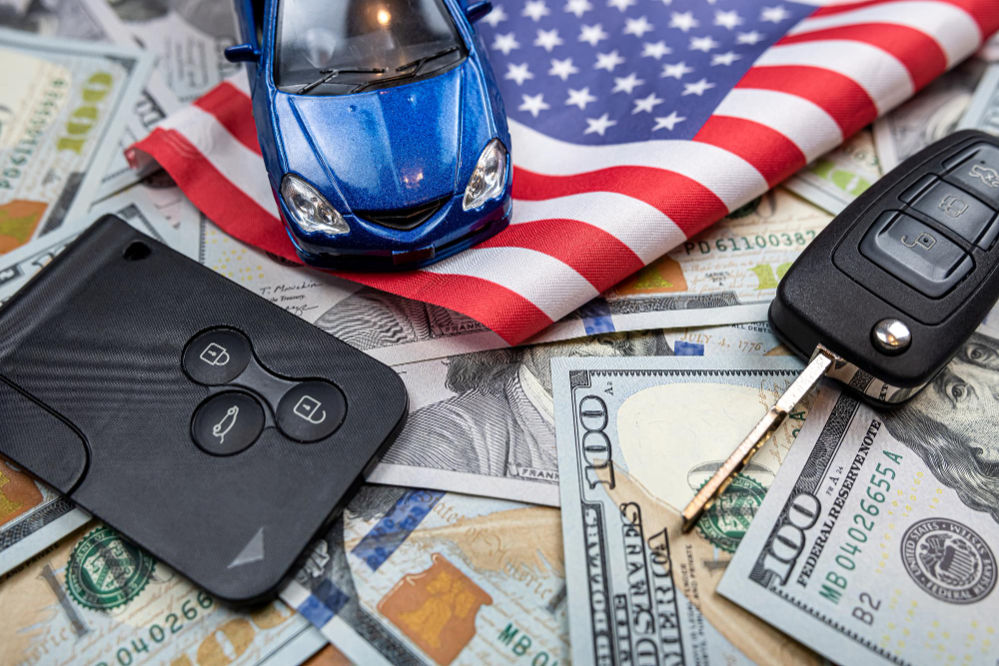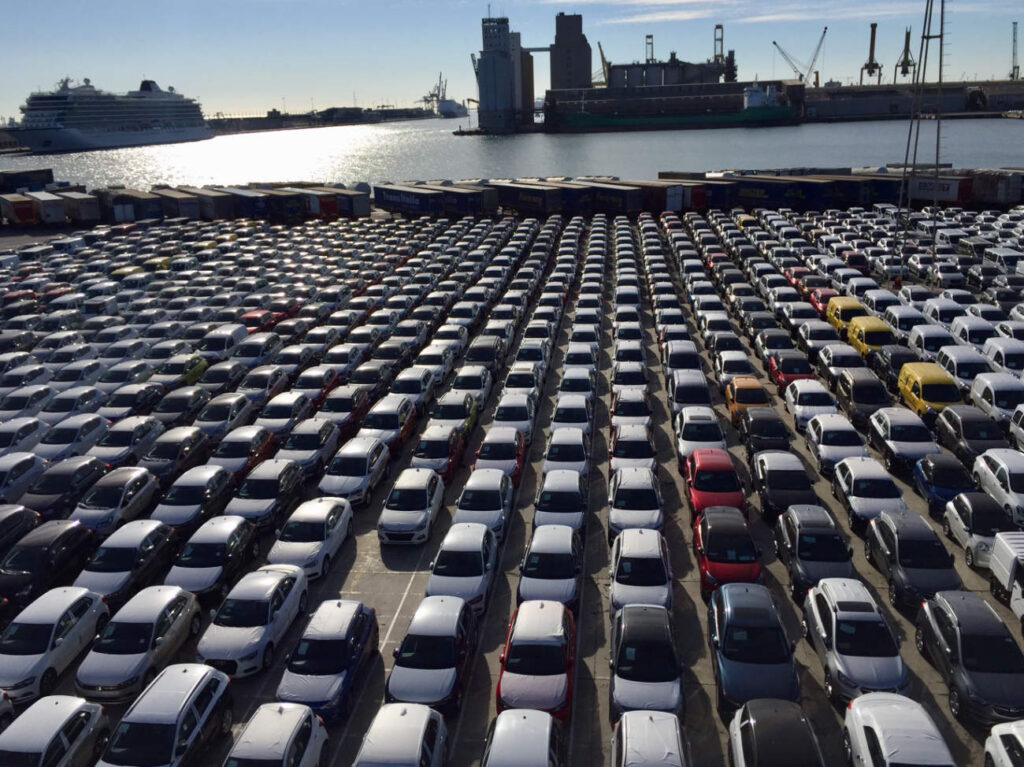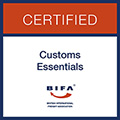A Customs Clearance of Imported Car to the UK
Navigating the intricacies of customs clearance when importing a vehicle into the UK can be quite daunting. With a robust legal framework and a myriad of regulations to comply with, it’s crucial for both individuals and businesses to understand the necessary steps involved in this process. This comprehensive guide will equip you with the essential knowledge needed to ensure a smooth and efficient customs clearance experience for your imported vehicle.
Understanding Customs Clearance
Customs clearance refers to the process of obtaining permission from the relevant authorities to bring goods, in this case, a vehicle, into a country. For the UK, this involves compliance with various regulations set by HM Revenue and Customs (HMRC) and other regulatory bodies. The process is designed to ensure that all imports meet safety, environmental, and legal standards before they are allowed on UK roads.
The Importance of Customs Clearance
- Legal Compliance: Ensuring that your vehicle meets all legal requirements is crucial to avoid penalties or confiscation.
- Safety Standards: Imported vehicles must adhere to UK safety standards, which are enforced to protect all road users.
- Environmental Regulations: Compliance with emission standards is mandatory to promote sustainability and reduce pollution.
Key Regulatory Bodies
- HM Revenue and Customs (HMRC): Responsible for tax collection and customs enforcement in the UK.
- Driver and Vehicle Standards Agency (DVSA): Ensures that vehicles meet safety and environmental standards.
- Trading Standards: Local authorities that enforce consumer protection laws.
Steps for Customs Clearance
Successfully importing a vehicle into the UK involves several critical steps. Each step must be completed in a specific order to ensure compliance with all regulations.
- Pre-Import Considerations
Before you import your vehicle, there are several factors to consider:
- Vehicle Eligibility: Ensure that your vehicle is eligible for import. Some vehicles, particularly older models, may not meet UK standards.
- Documentation: Gather all necessary documentation, including the original purchase invoice, proof of ownership, and any previous registration documents.
- Making an Import Declaration
Upon the arrival of your vehicle in the UK, you must make an import declaration. This can be done through a customs agent or by yourself. The declaration includes details about the vehicle, such as its make, model, and value.
Key Points for Import Declaration
- Customs Agent: Hiring a customs agent can simplify the process, as they are familiar with the regulations and can handle the paperwork on your behalf.
- Online Portal: HMRC provides an online portal for making import declarations, making the process more accessible.
- Paying Duties and Taxes
Importing a vehicle into the UK typically incurs various duties and taxes. The main ones include:
- Import Duty: Generally set at 10% of the vehicle’s value.
- Value Added Tax (VAT): Usually 20% of the total value, which includes the cost of the vehicle plus import duty.
Special Cases
- Classic Cars: Vehicles classified as classic may benefit from reduced VAT rates (5%) and exemptions from import duties under certain conditions.
- Notification of Vehicle Arrivals (NOVA)
Once you have made your import declaration and paid any applicable duties, you must notify HMRC about the arrival of your vehicle. This is done through the NOVA system.
NOVA Process
- Online Submission: The NOVA declaration can be submitted online, making it a straightforward process.
- Time Frame: You must notify HMRC within 14 days of the vehicle’s arrival in the UK.
Vehicle Approval and Registration
After completing customs clearance, the next step involves ensuring that your vehicle meets UK safety and environmental standards.
- Vehicle Approval
To drive your imported vehicle on UK roads, you must obtain vehicle approval. This process ensures that your vehicle complies with the necessary safety and environmental regulations.
Types of Approval
- Individual Vehicle Approval (IVA): Required for vehicles that have not been previously registered in the UK.
- European Community Whole Vehicle Type Approval (ECWVTA): For vehicles that have been approved in another EU country.
- Registering Your Vehicle
Once your vehicle has obtained approval, you can proceed with registration. This involves:
- Completing the DVLA Application: Submit the necessary forms to the Driver and Vehicle Licensing Agency (DVLA).
- Paying Registration Fees: There is a £55 fee for vehicle registration in the UK.
- Obtaining Number Plates
After successful registration, you will receive a registration number, which is essential for creating number plates for your vehicle.
Insurance Requirements
Before you can legally drive your imported vehicle on UK roads, you must ensure that it is adequately insured.
- Insuring Your Vehicle
- Legal Requirement: It is mandatory to have at least third-party insurance coverage for any vehicle driven on UK roads.
- Finding Insurance: Shop around for the best insurance deals, as rates can vary significantly between providers.
Special Considerations for Different Vehicle Types
Certain vehicle types may require additional considerations during the customs clearance process.
- Importing Classic Cars
Classic cars often hold significant value and may be subject to different regulations.
- Heritage Certificates: You may need to provide proof of the vehicle’s history and provenance.
- Compliance Modifications: Some classic cars may require modifications to meet modern safety and emission standards.
- Electric Vehicles (EVs)
With the rise of electric vehicles, specific regulations apply to ensure compliance with environmental standards.
- Type Approval: EVs must undergo type approval testing to confirm they meet UK regulations.
- Charging Infrastructure: Consider the availability of charging stations in your area before importing an EV.
Challenges in the Customs Clearance Process
Importing a vehicle into the UK can present various challenges that importers must navigate.
- Administrative Hurdles
The customs clearance process can be hindered by various administrative challenges, including:
- Documentation Errors: Incomplete or incorrect documentation can lead to delays.
- Customs Delays: Unexpected delays in customs clearance can disrupt your import timeline.
- Brexit Implications
Since the UK’s exit from the EU, new regulations have come into effect that impact the import process.
- Increased Paperwork: Importers now face additional paperwork and customs formalities when importing from EU countries.
- Changes in VAT Rules: VAT regulations have changed, necessitating careful planning and compliance.
Conclusion
Successfully navigating the customs clearance process when importing a vehicle into the UK requires careful planning and an understanding of the various regulations involved. By following the outlined steps and ensuring compliance with all requirements, you can facilitate a smooth import experience. Whether you’re bringing in a classic car, an electric vehicle, or a modern sedan, staying informed and prepared is key to a successful import process.
With question about customs clearance when importing car into the UK, feel free to contact with DCP Logistics Group Ltd in London.







